The number of Americans age 25 and older with a master’s or doctoral degree has doubled to over 28 million since 2000. Now, about 13 percent of Americans hold an advanced degree, and they earn on average 3.7 times as much as those who have not completed high school.
Those with degrees from community colleges or state universities tend to settle close to their alma mater. Graduates of elite colleges tend to head for the big city and may even move hundreds of miles away for their careers. This results in some areas of the country attracting large numbers of college graduates, particularly those with advanced degrees.
A state’s economy plays a role, as well as cultural and entertainment attractions. Overall, states with a higher percentage of residents with an advanced degree tend to be those with large metropolitan areas where large corporate headquarters are located. People move to where the best jobs are.
These are the most educated states in the United States, ranked from the lowest to the highest, including the District of Columbia.
Bottom Line for Nevada
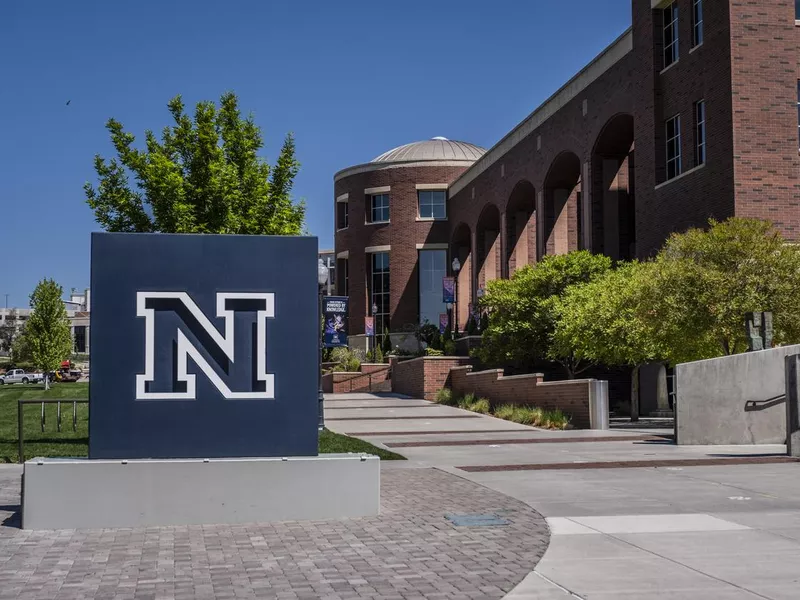
Brycia James / Getty Images
Nevada has long been known for being the gambling capital of the U.S., but it is so much more than the Vegas strip. The state has grown exponentially due to its lower cost of living and recreational activities of all kinds. Plus, not having state income tax doesn’t hurt, either.
Aside from tourism and entertainment, Nevada is home to industries in aerospace and defense, energy, healthcare, agriculture, and information tech.
Low-income students can attend one of the state’s 26 colleges through the Nevada Guarantee, a free program that covers the cost of nearly everything school-related, including books, tuition and other fees.
Bottom Line for Oklahoma

Joyce Diva / Getty Images
Whether you own or rent, Oklahoma housing prices are affordable in comparison to many other states. Food, utilities, and transportation are also on the cheaper side and equivalent to that of Missouri. Oklahoma’s population skews younger than many states, and employment here is at an all-time high.
The state’s main industries include the U.S. Department of Defense, Walmart, the state university system, and the Chickasaw Nation casinos.
There is a wide range of choices for higher education. Oklahoma City alone boasts 15 private and public colleges with about 144,000 students.
Bottom Line for Iowa
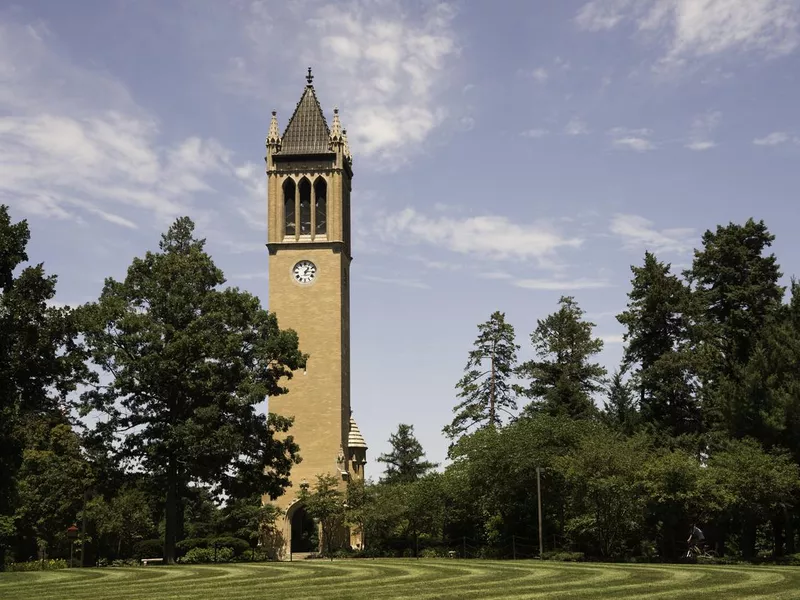
dosecreative / Getty Images
If your future is in agriculture, Iowa may be the place for you. It has more pigs than any other state and an abundance of cattle ranches, chicken, and dairy farms. Jobs in manufacturing, transportation, machinery, wind and solar are also quite common.
Iowa is also known for having a high percentage of high school graduates, and boasts top colleges like Iowa State University, the University of Northern Iowa, and the University of Iowa, which is also one of the state’s largest employers.
On top of everything else, the cost of living in Iowa is lower than the national average.
Bottom Line for Indiana
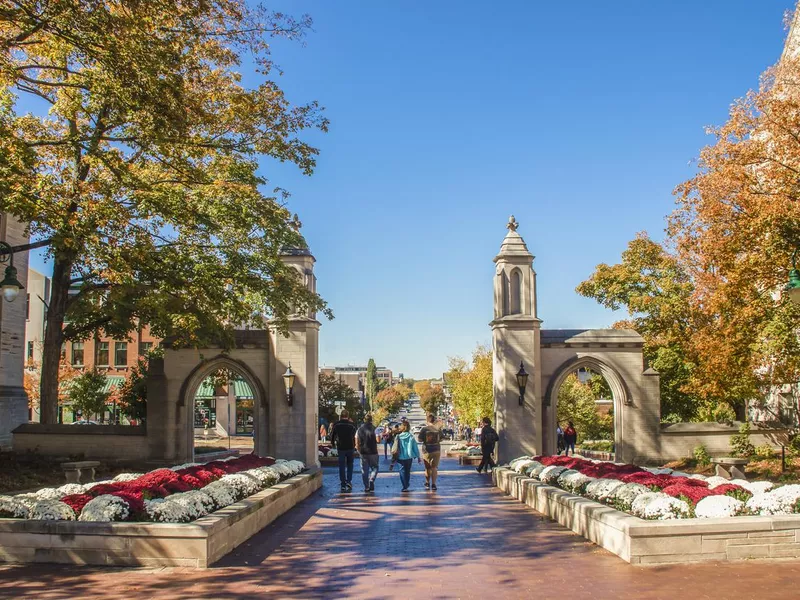
Susan Vineyard / Getty Images
Living costs, such as housing and property taxes are relatively affordable in Indiana, as are other necessities, such as groceries, healthcare and transportation.
Indiana is the largest steel producing state in the country and the second largest for auto manufacturing. Other industries include pharmaceuticals, coal, rubber, and petroleum.
Indiana schools are well respected and are known to propel their students into great careers. Of its 86 colleges and universities, Indiana University, Notre Dame, Purdue and Butler University are all located in the state.
Bottom Line for Alabama
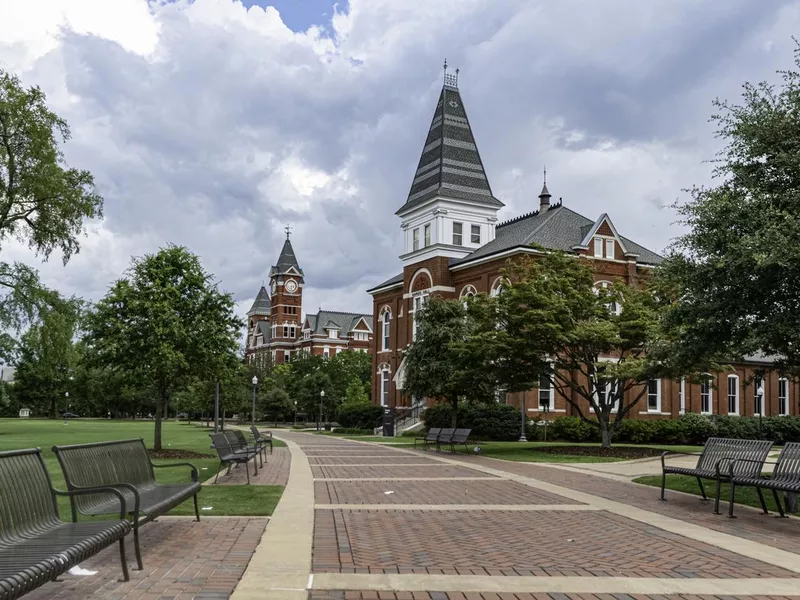
Jacqueline Nix / Getty Images
With its 60 miles of beaches and temperate weather throughout most of the year, Alabama is a very family-friendly state. Service members have plenty of infrastructure here, and all citizens reap the rewards of the state’s low cost of living.
Alabama’s main industries are iron and steel products, paper, lumber, wood, mining and vehicle manufacturing.
There are 78 colleges and universities in the state. Auburn and Alabama Universities have some of the best programs for engineering, science, and business in the U.S. The University of Alabama at Birmingham also boasts one of the best medical programs in the country.
Bottom Line for Montana
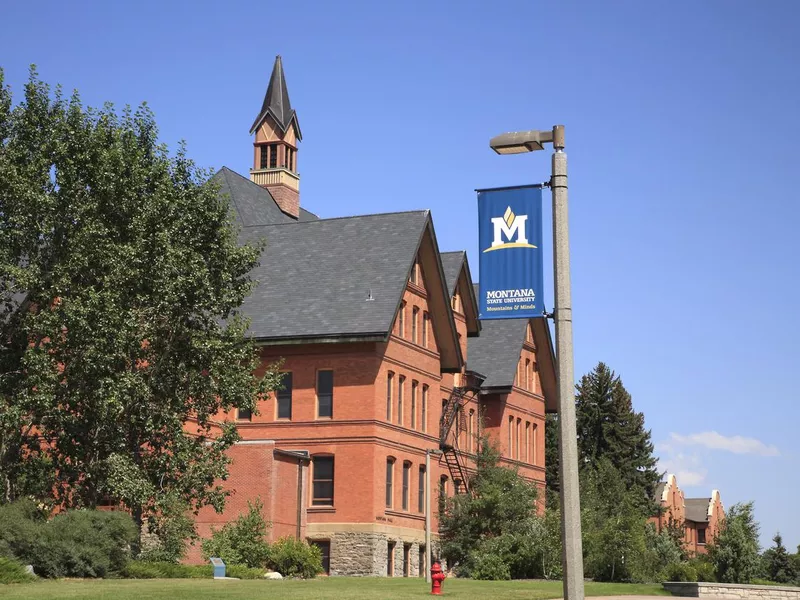
Solidago / Getty Images
As the third-least populated state, Montana has plenty of cheap housing, but not everywhere. In some places, homes are less than $100,000. In others, they are about $600,000. Nevertheless, property taxes are quite low.
The cost of living, however, is still lower than the national average, and the state has plenty of natural resources like coal, oil, gas and water.
There are 11 colleges and universities in Montana, among them Montana State University, which is consistently ranked as one of the top schools in the nation.
Bottom Line for Ohio
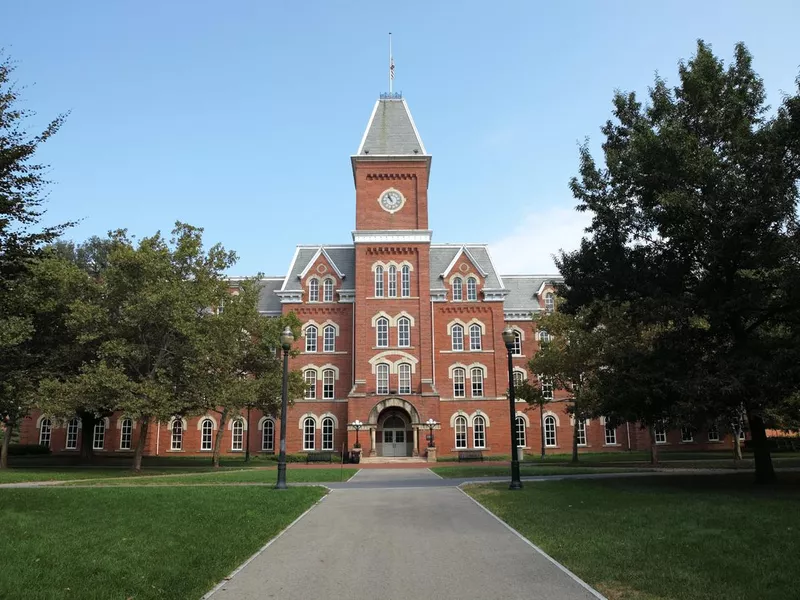
DenisTangneyJr / Getty Images
As a Rust Belt state, Ohio did have a rough few decades in terms of employment, but with industries like aerospace, healthcare, agriculture, and auto manufacturing, it appears to be making a comeback.
The median home value is 40 percent lower than the national average and rents are about 30 percent lower, making it very affordable for families.
Ohio has many options for higher education — 137 schools, with 14 public universities, 23 community and technical colleges, and over 50 four-year private colleges.
Bottom Line for Oregon

Getty Images
Historically, Oregon has been known for fishing, timber and agriculture. More recently, the state has been transitioning to manufacturing and marketing jobs with an emphasis on technology.
The state’s manufacturing GDP has been rising since 2015. It also has been growing as a winemaking region and is tied with California, Massachusetts and Washington for the most inventor patents.
Intel is the largest employer in the state. Other major employers include Nike, Precision Castparts Corp., Daimler Trucks North America and adidas America.
Oregon is home to Willamette University, which was founded in 1842 and is the oldest university in the Western United States. Oregon Institute of Technology and the University of Portland both rank in the rank in the top 10 in the region.
Bottom Line for Rhode Island
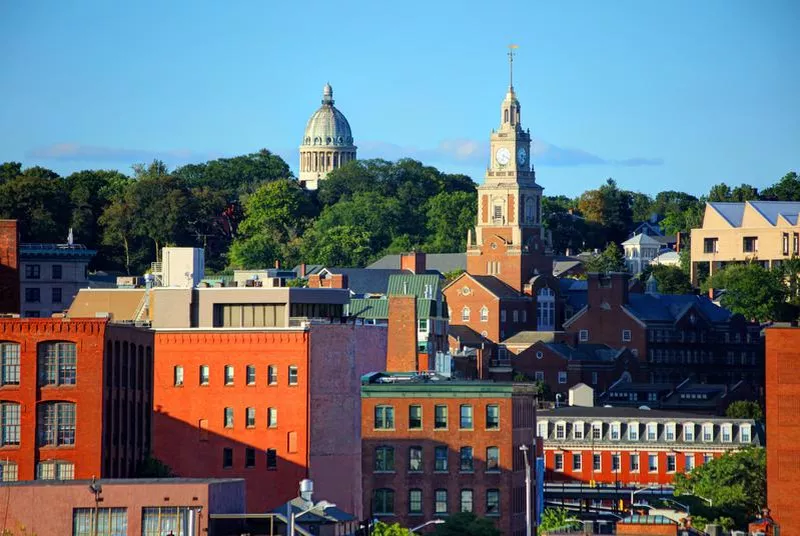
Getty Images
The smallest state in the U.S. is home to strong finance, insurance and real estate sectors. In fact, Providence (pictured) is known as a financial hub for all of New England.
The most common employers in the state are private research facilities, law firms, computer programming companies and repair shops.
Despite Rhode Island’s small size, the state is home to 11 universities, including the Ivy League’s Brown University, and Rhode Island School of Design, known as one of the country’s best art and design schools.
Rhode Island also works to attract STEM and design graduates through its annual Wavemaker Fellowship, which helps with student loans for up to four years.
Bottom Line for Washington
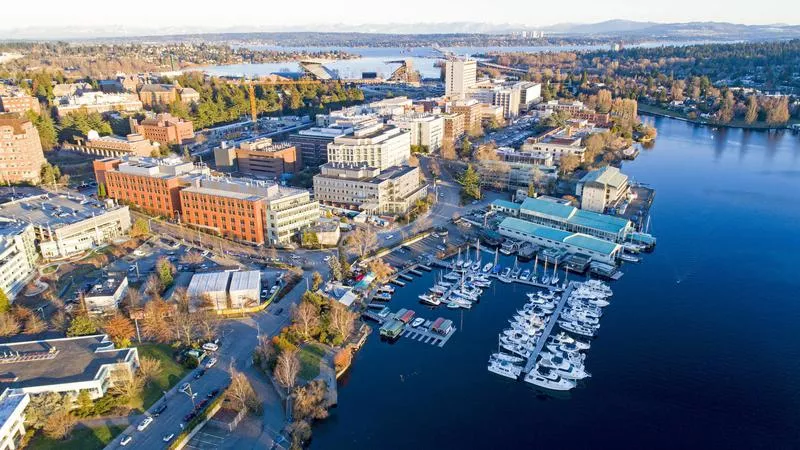
Getty Images
Since 2014, Washington’s economy has been growing. In 2019, it was named the best economy in the nation in a WalletHub study.
Producing about 88 times the number of goods and services as Vermont, Washington’s economy is larger than the smallest 24 states, plus Washington, D.C., combined. It is home to both Microsoft and Amazon and ranks in the top five states employing workers in high-tech industries.
While known for information services and retail sectors, Washington also has more STEM workers than any other state and is tied for first with California, Oregon and Massachusetts for the number of patents filed each year.
The lack of state or corporate income tax attracts businesses to the state. In 2017, Washington had the highest GDP growth in the nation.
Bottom Line for Maryland
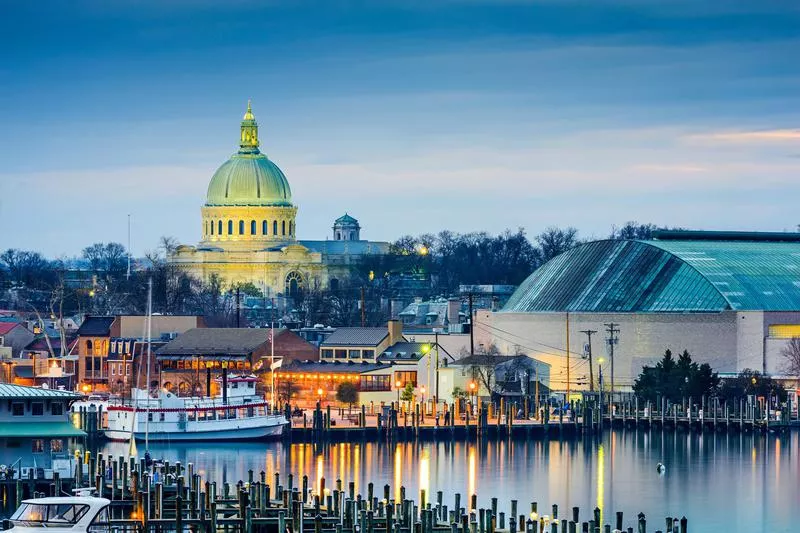
Getty Images
U.S. News & World Report ranked Maryland the sixth-best state in the nation, citing its status as an “aerospace and defense hot spot.”
Home to the National Institutes of Health, NASA’s Goddard Space Flight Center, the National Oceanic and Atmospheric Administration and major defense contractors, the state’s economy is boosted not only by information technology, telecommunications, aerospace and defense companies but also by over 60 federal agencies.
The state is known for health care and biotechnology, and is home to Walter Reed National Military Medical Center. With its proximity to the nation’s capital, Maryland also is home to many federal workers who commute daily to Washington, D.C.
Johns Hopkins University and the United States Naval Academy are both located in the state.
Bottom Line for District of Columbia
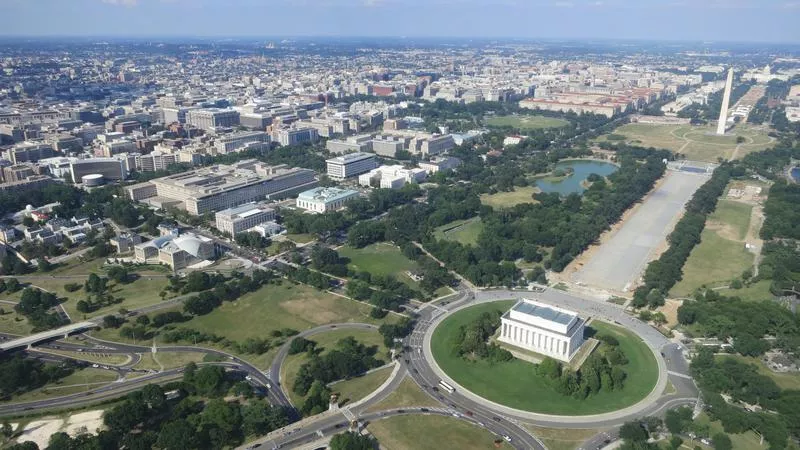
Getty Images
While Washington, D.C., is not a state, the nation’s capital is where most spending decisions are made for the federal government.
The U.S. government purchases more technological equipment and services that any other entity, encouraging many industries to establish a presence in the district. Almost 50 Fortune 500 companies and many top financial institutions have locations here.
The district is home to a number of colleges and universities, including five research universities. One of these, Georgetown University, founded in 1789, is among the oldest in the nation.
George Washington University has the largest enrollment in the District and offers over 240 graduate degrees. Most GW graduates tend to remain in the Mid-Atlantic area.
Related: Best College in Every State l Most Educated Countries in the World